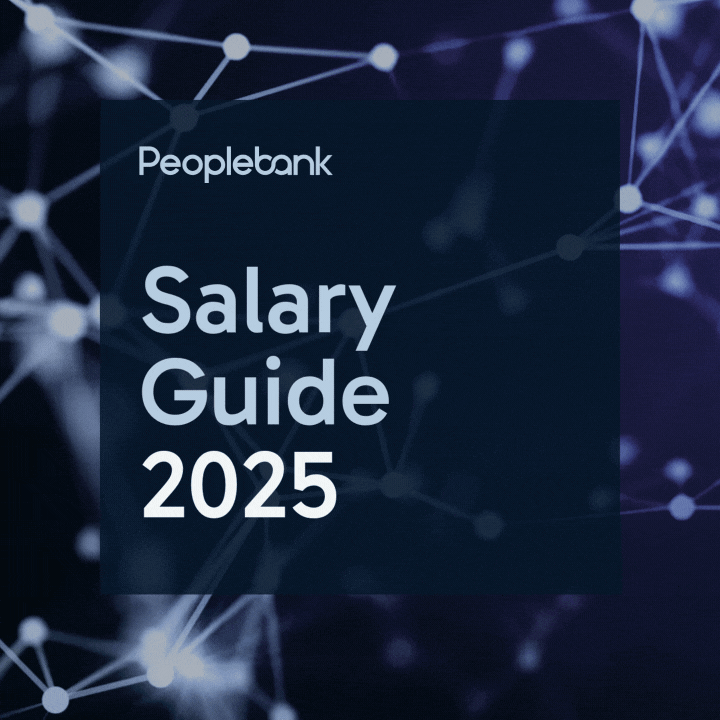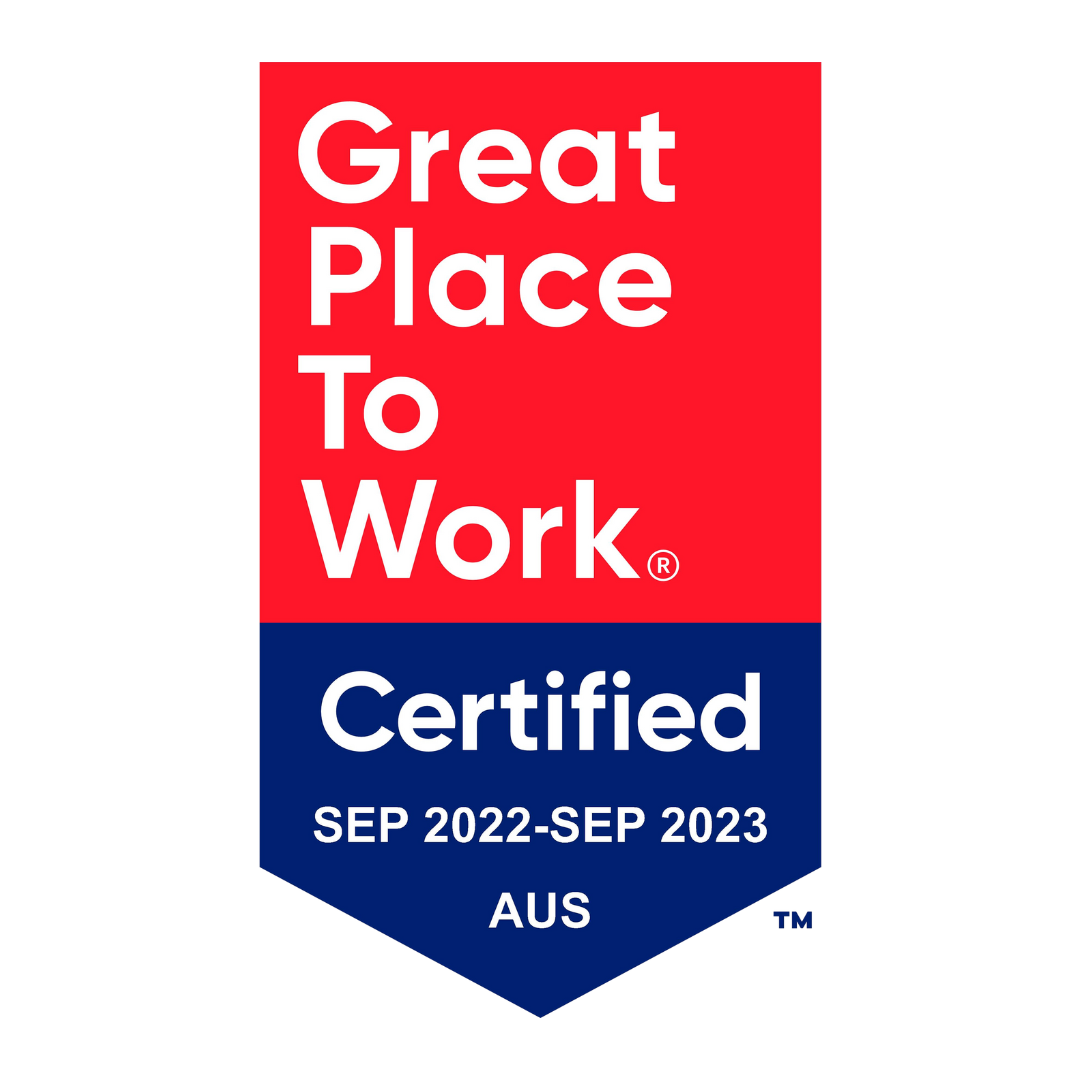Workers must be at the centre of the AI revolution
The technologies driving artificial intelligence are expanding exponentially, leading many technology experts and futurists to predict machines will soon be doing many of the jobs that humans do today. Some even predict humans could lose control over their future.
While we all agree about the seismic changes afoot, what is the right way to think about it? Approaching the challenge this way assumes society has to be passive about how tomorrow’s technologies are designed and implemented. The truth is there is no absolute law that determines the shape and consequences of innovation. We can all influence where it takes us.
Thus, the question society should be asking is: “How can we direct the development of future technologies so that robots complement rather than replace us?”
The Japanese have an apt phrase for this: “giving wisdom to the machines.” And the wisdom comes from workers and an integrated approach to technology design, as research shows.
Lessons from history
There is no question coming technologies like AI will eliminate some jobs, as did those of the past.
“The invention of the steam engine was supposed to reduce the number of manufacturing workers. Instead, their ranks soared.” Lewis Hine
More than half of the American workforce was involved in farming in the 1890s, back when it was a physically demanding, labor-intensive industry. Today, thanks to mechanization and the use of sophisticated data analytics to handle the operation of crops and cattle, fewer than 2 percent are in agriculture, yet their output is significantly higher.
But new technologies will also create new jobs. After steam engines replaced water wheels as the source of power in manufacturing in the 1800s, the sector expanded sevenfold, from 1.2 million jobs in 1830 to 8.3 million by 1910.
Similarly, many feared that the ATM’s emergence in the early 1970s would replace bank tellers. Yet even though the machines are now ubiquitous, there are actually more tellers today doing a wider variety of customer service tasks.
So trying to predict whether a new wave of technologies will create more jobs than it will destroy is not worth the effort, and even the experts are split 50-50.
It’s particularly pointless given that perhaps fewer than 5 percent of current occupations are likely to disappear entirely in the next decade, according to a detailed study by McKinsey. Instead, let’s focus on the changes they’ll make to how people work.
It’s about tasks, not jobs
To understand why, it’s helpful to think of a job as made up of a collection of tasks that can be carried out in different ways when supported by new technologies.
And in turn, the tasks performed by different workers – colleagues, managers and many others – can also be rearranged in ways that make the best use of technologies to get the work accomplished. Job design specialists call these “work systems.”
One of the McKinsey study’s key findings was that about a third of the tasks performed in 60 percent of today’s jobs are likely to be eliminated or altered significantly by coming technologies. In other words, the vast majority of a jobs will still be there, but what we do on a daily basis will change drastically.
To date, robotics and other digital technologies have had their biggest effects on mostly routine tasks like spell-checking and those that are dangerous, dirty or hard, such as lifting heavy tires onto a wheel on an assembly line. Advances in AI and machine learning will significantly expand the array of tasks and occupations affected.
Creating an integrated strategy
We have been exploring these issues for years as part of ongoing discussions on how to remake labor for the 21st century. In a recently published book, “Shaping the Future of Work: A Handbook for Change and a New Social Contract,” it describes why society needs an integrated strategy to gain control over how future technologies will affect work.
And that strategy starts with helping define the problems humans want new technologies to solve. We shouldn’t be leaving this solely to their inventors.
Fortunately, some engineers and AI experts are recognizing that the end users of a new technology must have a central role in guiding its design to specify which problems they’re trying to solve.
The second step is ensuring that these technologies are designed alongside the work systems with which they will be paired. A so-called simultaneous design process produces better results for both the companies and their workers compared with a sequential strategy – typical today – which involves designing a technology and only later considering the impact on a workforce.
An excellent illustration of simultaneous design is how Toyota handled the introduction of robotics onto its assembly lines in the 1980s. Unlike rivals such as General Motors that followed a sequential strategy, the Japanese automaker redesigned its work systems at the same time, which allowed it to get the most out of the new technologies and its employees. Importantly, Toyota solicited ideas for improving operations directly from workers.
In doing so, Toyota achieved higher productivity and quality in its plants than competitors like GM that invested heavily in stand-alone automation before they began to alter work systems.
Similarly, businesses that tweaked their work systems in concert with investing in IT in the 1990s outperformed those that didn’t. And health care companies like Kaiser Permanente and others learned the same lesson as they introduced electronic medical records over the past decade.
Each example demonstrates that the introduction of a new technology does more than just eliminate jobs. If managed well, it can change how work is done in ways that can both increase productivity and the level of service by augmenting the tasks humans do.

Commitment
Often commitment can be confused with killing yourself working long hours to ensure people know you’re a hard worker. Although putting in extra time when necessary and being willing to go above and beyond will show commitment, you’ll be happy to hear it isn’t the only way, and neither is it the best way! In this post, commitment is all about being open to up-skilling and personal development. There are often opportunities in the work place to learn more. Take them! And if there aren’t any, make some. Ask someone who has skills that you desire and work with them. Sometimes the skill set won’t personally benefit your move forward, but by learning it you can help take some weight off someone else’s shoulders. Sometimes, it will directly help you. Either way, learning and advancing in a range of ways will show your investment in the success of your team and the company. It won’t go unnoticed.
Passion & enthusiasm
When you have passion, asking for more responsibility comes naturally. Just like asking to learn new things, asking for more responsibility will show your commitment to your job and your team. If you want to move forward in your role, ask often what more you can do to help or what projects you can take more of a lead on. This is especially important when busy periods are on the rise. In fact, it’s easier to discuss what you need to do to support your boss and others during busy times. When people notice how keen you are to work, not only for yourself but for the team’s benefit, you will gain respect from your peers who will see what kind of leader you could be.

Resourcefulness
Bond with your boss or identify a mentor. However, don’t do this just to climb the corporate ladder. I’m telling you if you do your boss or mentor will see through you in an instant. No one warms to a suck up! Instead, from beginning to the end of your job, be sincere and understand that you can learn from others, especially those in senior positions. Be honest with your boss/mentor about your aspirations and goals. Often, your drive and motivation will be a point of commonality and your boss/mentor will be open to being part of your journey to achieving those goals. There’s no secret that some managers aren’t obvious role models. In this case, we can still be resourceful and keep in mind what not to do.
Braveness
Don’t be afraid to ask. Performance reviews are a great opportunity to open conversation about career development within the company. It is here where you can openly discuss and hear what you are doing right and where you can improve. With open communication and discussion, your career path is suddenly much less scary and mysterious. It becomes something achievable because you are being guided with feedback. In some cases, growth may not be viable in that position, sometimes lateral moves can be more suitable at the time. Or if you’re after a raise rather than a promotion of position, you can talk about that here too. However, if no progress is available for you, this is where you can determine if you need to start looking elsewhere for a company that can allow you room to grow.
Wider Understanding
Even if ‘leader’ isn’t quite your next position. It’s important to possess strong leadership skills anyway. If given an opportunity to lead, you’ll want to be prepared. A good article to reference for leadership qualities would be Forbes: Top 10 Qualities that Make a Great Leader. In this article, Tanya Prive elaborates on qualities such as honesty, delegation, communication, confidence, commitment and more which are foundations for most successful and modern leaders.
The only quality spoken about by Prive to be wary of in lower positions is delegation. Sometimes, if we aren’t leading a team, delegation can seem like palming off your responsibility. You should always be accountable for tasks that are assigned to you and open to help others with their tasks if time allows. Never delegate to give yourself some free time, only if it will help in overall team productivity.
If you need some friendly advice or are looking for career progression somewhere other than where you are, check out our job search or contact us.






















